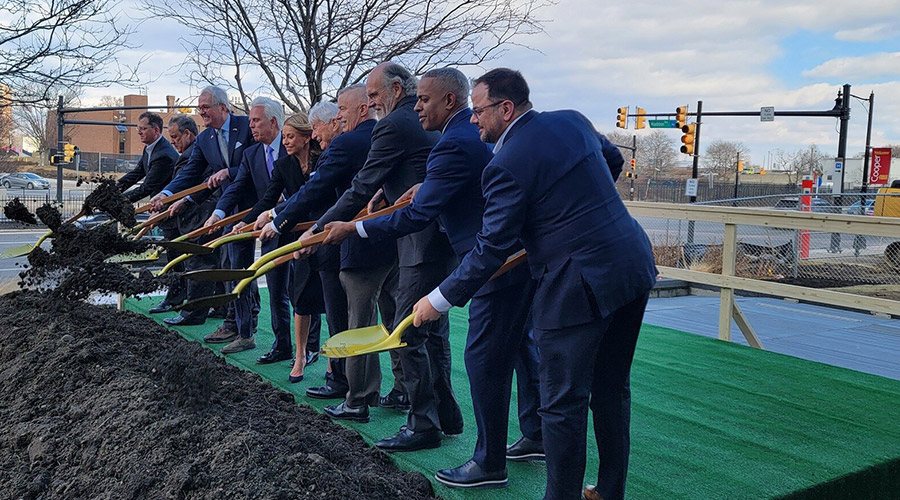The recent COVID-19 pandemic has highlighted the need for the open exchange of data between health care providers, researchers, and healthcare agencies. This increased need for interoperability has been especially evident given the growing reliance on digital resources. Unfortunately, the compartmentalization of data and healthcare information has been a barrier, not only to the COVID-19 response, but to patient care in general.
Interoperability (the ability of computer systems and software to exchange and utilize information) facilitates the availability of data to clinicians and patients. Optimizing interoperability not only allows clinicians better access to patient data, but can also provide better overall access to healthcare data as researchers and clinicians in COVID-19 epicenters test more, formulate treatment responses and employ public health response paradigms.
As data about all aspects of the COVID-19 pandemic continues to develop , the ability to digest and sort these data has become more important. The development of systems and software to increase the availability of data and assist in the interpretation of these data is becoming more and more essential in responding quickly and effectively to developing events.
Application programming interfaces (APIs) are computing interfaces that promote interoperability by defining interactions between different software and allowing users to interface with data. APIs can help users to interpret data and efficiently acquire meaningful insights.
APIs can be patient-facing, allowing patients to better access and review their personal health information. While reviewing personal data in real time is certainly an advantage, APIs can be further leveraged to deliver a connected care experience by facilitating communication between patients and their healthcare teams. APIs not only provide personal healthcare data to patients.
Patient-facing APIs allow for seamless integration of provider communication and information with patient interfaces. The importance of a connected care experience has grown as remote healthcare delivery systems have become more mainstream during lockdowns and quarantines. APIs can allow for increased connectivity for both in-person and virtual care, and allow both to be used interchangeably with minimal complexity for the patient.
While the benefits to patient-facing applications of APIs are evident, they confer several benefits for the healthcare teams providing treatment. At an individual level, APIs provide access to a greater quantity of patient-specific information in real time, while allowing clinicians to quickly evaluate and interpret data. APIs not only provide better access to healthcare data, but provide context, trends, and interpolations of the data, allowing clinicians to better utilize the large volume of data available to them.
Clinicians may be able to customize the forms of data that are presented to them through APIs, allowing each clinician to tailor their specific needs and style. Clinicians can also use APIs not only to access and analyze data, but to communicate that data to other members of their team and receive insights from other healthcare professionals. APIs will enhance communication within healthcare teams.
In the clinical environment there is indisputably significant value to using APIs in facilitating the treatment of individual patients, however, there are broader implications, as well. Most notably, the COVID-19 pandemic has significantly increased the need for real-time access and analysis of new and rapidly changing data. Staying abreast of the latest developments in the pandemic and the healthcare communities response has been difficult and time-consuming for some. Integrating high-quality APIs into clinical workflows and existing processes would help clinicians to better access and understand real-time data while also enabling them to provide their own insights and analyses.
The epidemiological implications that APIs have for the response to the COVID-19 pandemic are obvious. However, the same principles can be applied to many other areas of research. Studies affecting large populations can be greatly supported with APIs that provide a large body of data accessible by researchers and available to analyze more in-depth.
The integration of APIs in healthcare will significantly enhance the patient experience, increase the ability of clinicians to provide individualized patient care, and effectively support the development of medical science. While APIs provide a variety of potential benefits, they also contribute to the reduced cost and workload of information technology (IT) systems.
APIs allow for better integration and communication of existing IT systems, reducing the costs associated with maintaining separate systems. Instead of having to integrate separate and sometimes seemingly incompatible systems, APIs can often allow for the seamless integration of these separate components and optimize existing IT software. The reduced maintenance and upkeep that results, coupled with less costs associated with a reduced IT infrastructure, make API’s a cost-effective option for healthcare entities.
Mike Sutten is the Chief Technology Officer for Innovaccer.

 Aligning Construction and Facility Activities to Minimize Problems
Aligning Construction and Facility Activities to Minimize Problems Cooper University Health Care Breaks Ground on 'Project Imagine'
Cooper University Health Care Breaks Ground on 'Project Imagine' 3 Employees Injured by Patient at Halifax Infirmary's Emergency Department
3 Employees Injured by Patient at Halifax Infirmary's Emergency Department How Architects Shape the Future of Healthcare Facilities
How Architects Shape the Future of Healthcare Facilities UNC Health, Duke Health Form Partnership for Stand-alone Children's Hospital
UNC Health, Duke Health Form Partnership for Stand-alone Children's Hospital